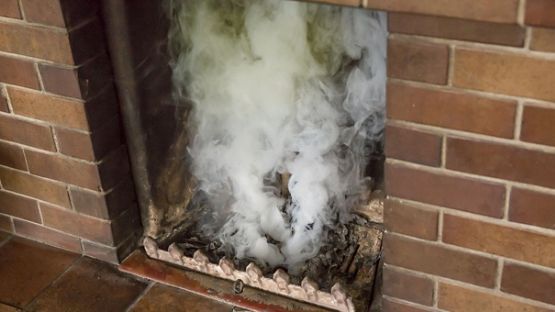While there are significant advantages and benefits of joining the tiny house movement, there are also challenges that need to be overcome before you take the plunge. For starters, tiny houses do not adhere to rules created for traditional structures so their unique traits, including size and mobility, make them ineligible for conventional homeowners insurance. Builders of tiny homes also have to satisfy strict guidelines, including those of the Canadian Standards Association (CSA).
So if you are interested in joining the tiny house movement, consider these few tips to help ensure your home is safe and may qualify for insurance.
Park it: The home must be permanently parked, skirted and on a permanent foundation conforming to the local and provincial building codes. This is unlike a park model trailer, which can be towed off the lot.
See to it: A tiny house must be built to the certification or the standard that applies locally to satisfy bylaws. Manufactured homes of all sizes are subjected to these.
Stabilize it: Make sure the home is deformation-resistant, having passed the related CSA standard that validates its stability over time.
If looking for insurance coverage, check on the requirements that apply in your region and be sure to find an insurance broker that understands them.













